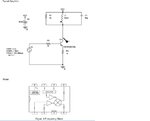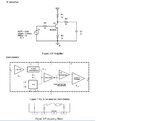TJ Detweiler
Newbie level 3
I need help in building a 162MHz NOAA radio from scratch. I have developed a schematic approaching in designing the circuit (see 1.jpg)
I also included components (2,3,4.jpg) that will be used in the radio but unsure which part goes where and the proper calculations that makes it work.
Could anyone give me some hint on how to proceed? thanks
I also included components (2,3,4.jpg) that will be used in the radio but unsure which part goes where and the proper calculations that makes it work.
Could anyone give me some hint on how to proceed? thanks



